Dear Calder, dear Kelly: the friendship of two great artists a generation apart
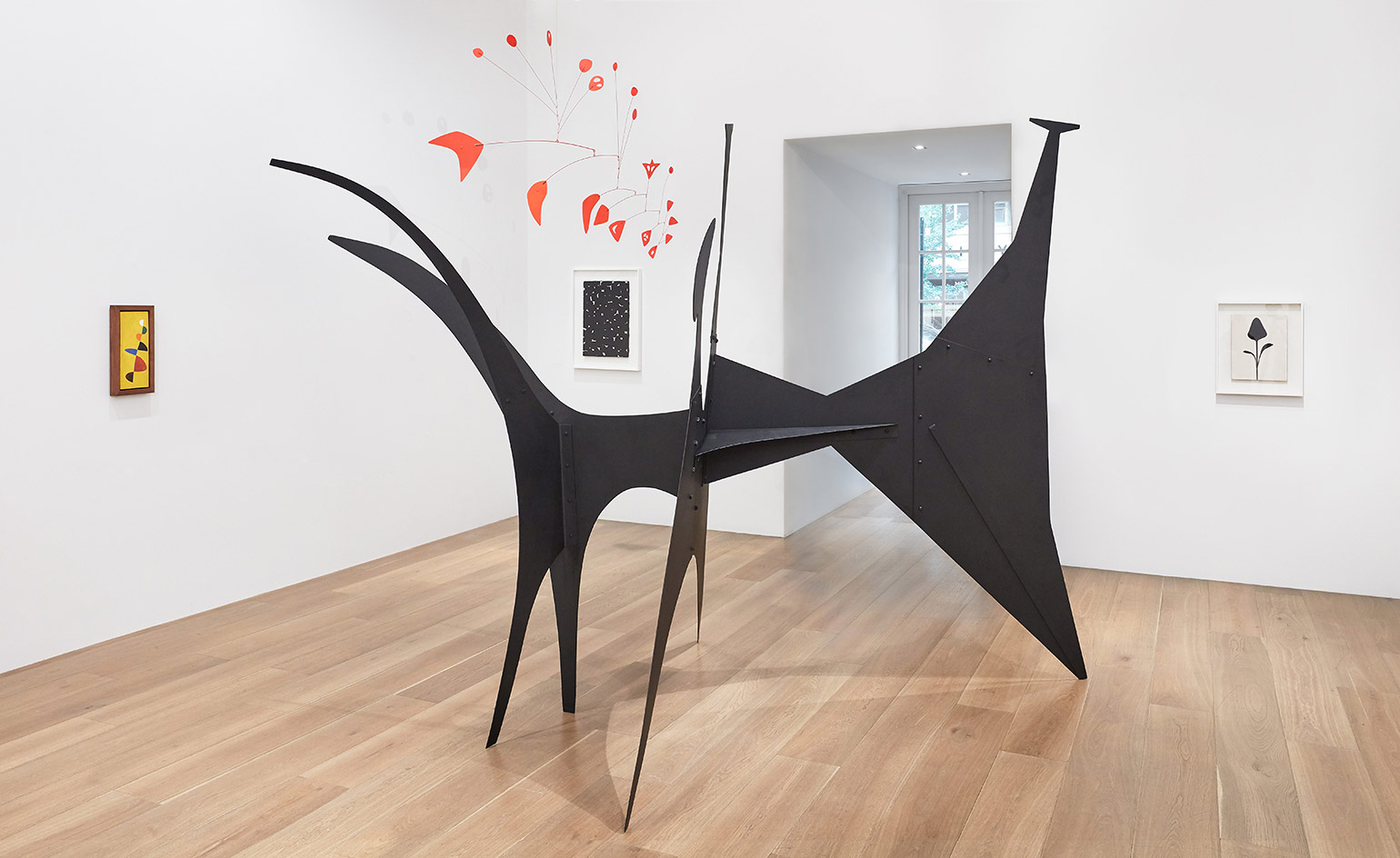
They were separated by 25 years: a generation apart, Alexander Calder and Ellsworth Kelly sparked a rich friendship after meeting in Paris in the early 1950s – an important time creatively for both artists. New York gallery Lévy Gorvy is now celebrating the visual and personal connection between the renowned American artists with an exhibition featuring around three dozen paintings and sculptures made over a 50-year period.
Spread across three storeys of the Upper East Side gallery, the show threads together a captivating dialogue of aesthetics and abstraction. Compare Kelly’s Plant II (1949) painting to Calder’s monumental Black Beast (1940) on the ground floor – both works speak to the artists’ individual pursuit of essential form and space, sitting in perfect union next to each other. ‘It seems so obvious when you look around and see the extraordinary connection between the artists, but this is really the first time this has been explored,’ says Jack Shear, director of the Ellsworth Kelly Foundation.

For gallerist Dominique Lévy, inspiration sprang from a serendipitous encounter three years ago at a Calder show staged by the Pulitzer Art Foundation in St Louis. A ‘very beautiful’ Kelly painting – part of the institution’s collection – so happened to catch her gaze through one of Calder’s mobiles. ‘It moved me profoundly. And so [the New York] exhibition doesn’t have a pretentious idea of creating an influence, a link or a new revision of art history,’ she explains. The artists met in Paris in 1950 through mutual friends: Calder then 52 with a career-defining MoMA retrospective behind him, and a precocious 27-year-old Kelly who was still a few years away from his first New York solo show at Betty Parsons Gallery. However, it was only after Kelly returned to the US in 1954 that their relationship flourished. Lévy ponders: ‘What was this friendship? And why was it meaningful?’ They eschewed the mentor and disciple dynamic, and never acknowledged having influence on one another (both men generally resisted discussing the impact of other artists on their work, according to Calder biographer Jed Perl). But Calder was known to have helped Kelly professionally, reaching out to influential curators and even going so far as to pay his studio rent for a month – a gesture he never extended to any other artist. Sandy Rower, president of the Calder Foundation (and Calder’s grandson), says, ‘Ellsworth was surprised by it – he didn’t really understand it either. It will always be a mystery.’
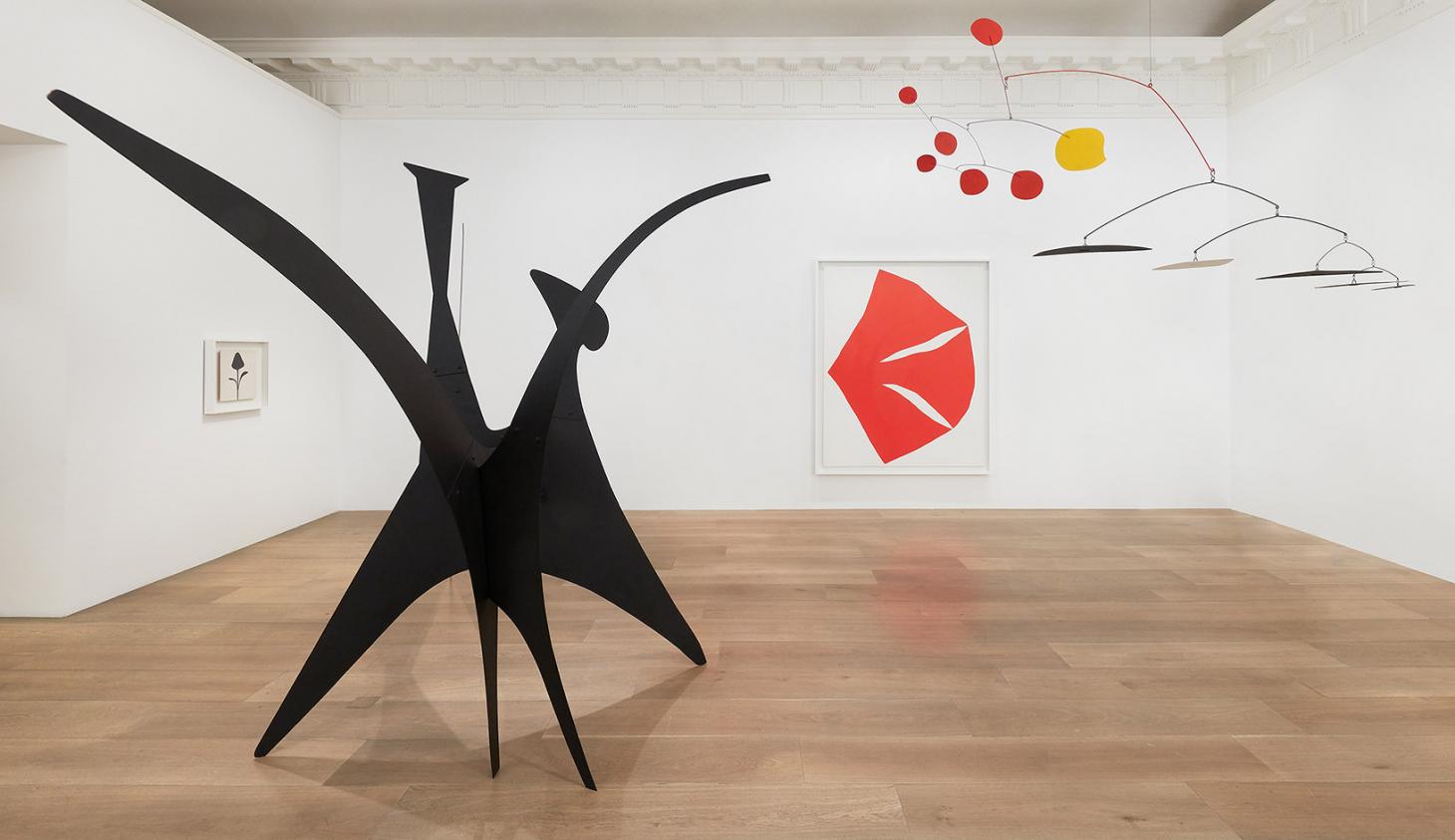
Installation view of ‘Calder / Kelly’ at Lévy Gorvy, New York. © 2018 Calder Foundation, New York / Artists Rights Society (ARS), New York. Courtesy of Calder Foundation, New York. © Ellsworth Kelly Foundation. Courtesy of Ellsworth Kelly Studio
Calder, too, was instrumental in orchestrating Kelly’s inclusion in MoMA’s landmark 1959 survey ‘Sixteen Americans’, where he exhibited alongside Frank Stella and Robert Rauschenberg. Their friendship was underpinned by a steady correspondence, social gatherings at each other’s homes, and gifts of art through the 1950s – some of which are included in the show at Lévy Gorvy. (A small painting dated circa 1944 given to Kelly by Calder offers a rare chance to see a two-dimensional work realised by the sculptor.)
Simon Perchik, Forrest Gander, and Dan Chiasson have contributed poems inspired by the artists that punctuate the show. ‘We particularly went deep in our passion for poetry for this exhibition by commissioning three poets to think and reflect [on it],’ explains Lévy. ‘In an economy of words, they have said the essential.’ Perhaps then, we need look no further than these words from Gander: ‘Look the colours are conversing. About what? Joy, man, joy!’
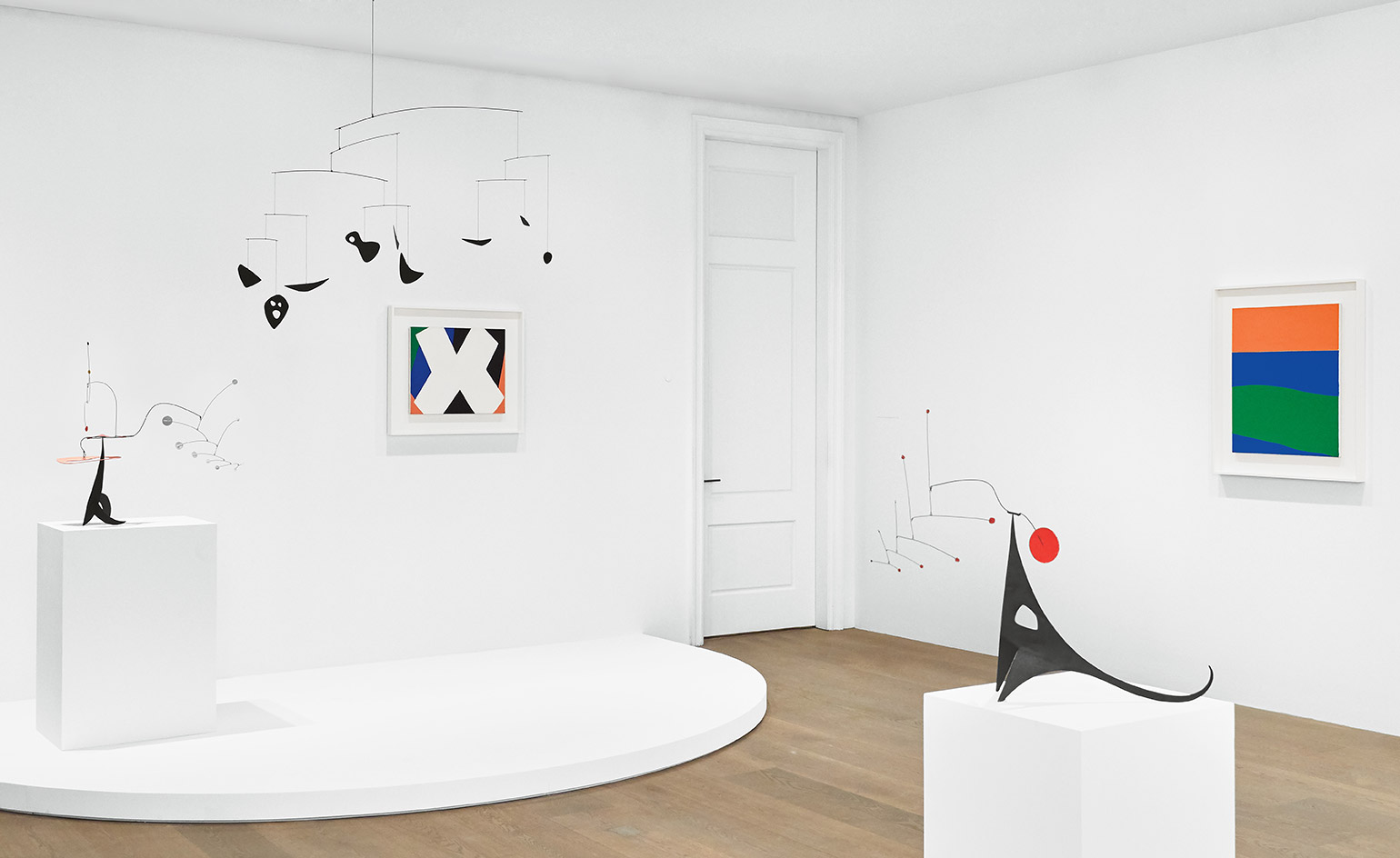
Installation view of ‘Calder / Kelly’ at Lévy Gorvy, New York. © 2018 Calder Foundation, New York / Artists Rights Society (ARS), New York. Courtesy of Calder Foundation, New York. © Ellsworth Kelly Foundation. Courtesy of Ellsworth Kelly Studio
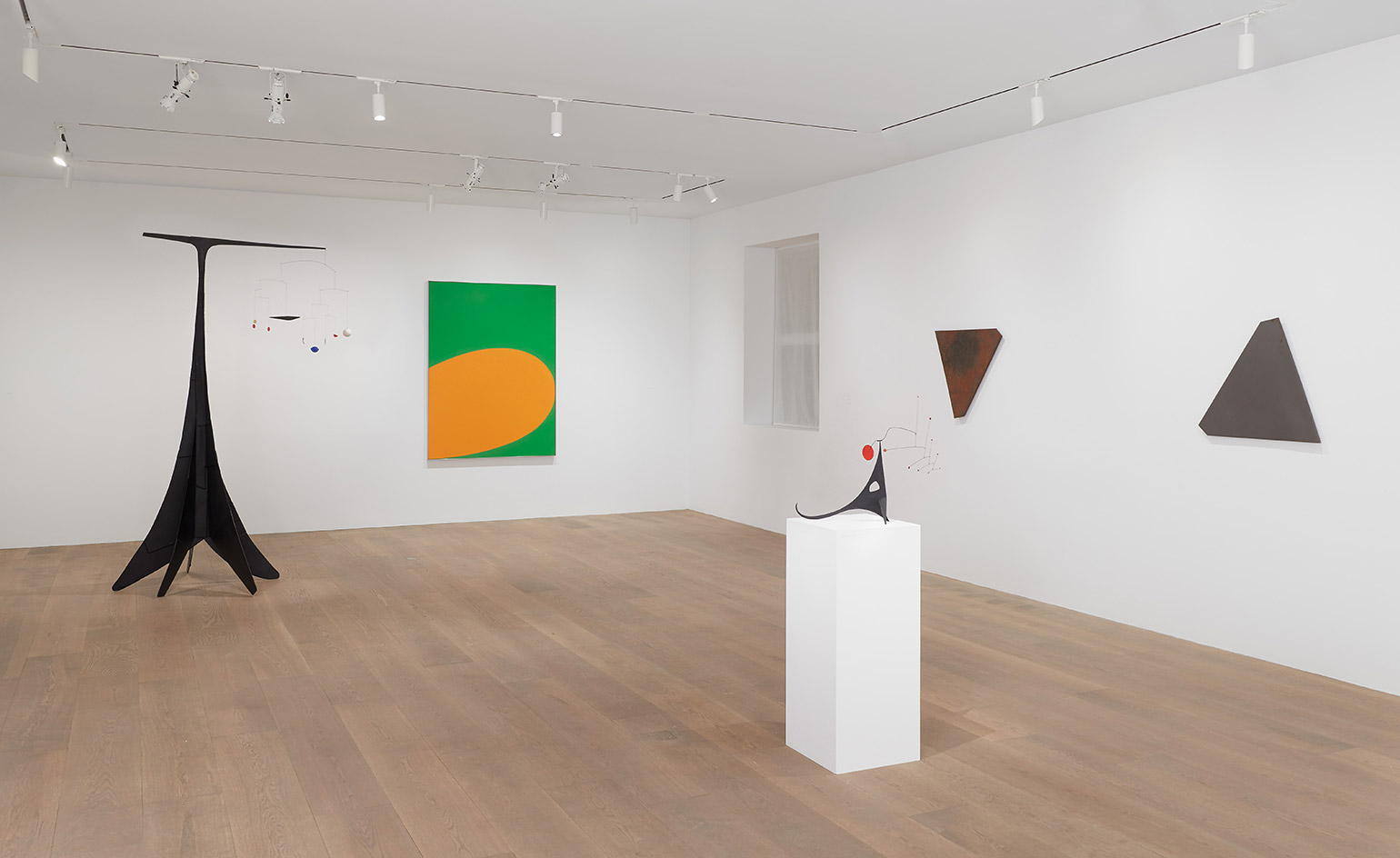
Installation view of ‘Calder / Kelly’ at Lévy Gorvy, New York. © 2018 Calder Foundation, New York / Artists Rights Society (ARS), New York. Courtesy of Calder Foundation, New York. © Ellsworth Kelly Foundation. Courtesy of Ellsworth Kelly Studio
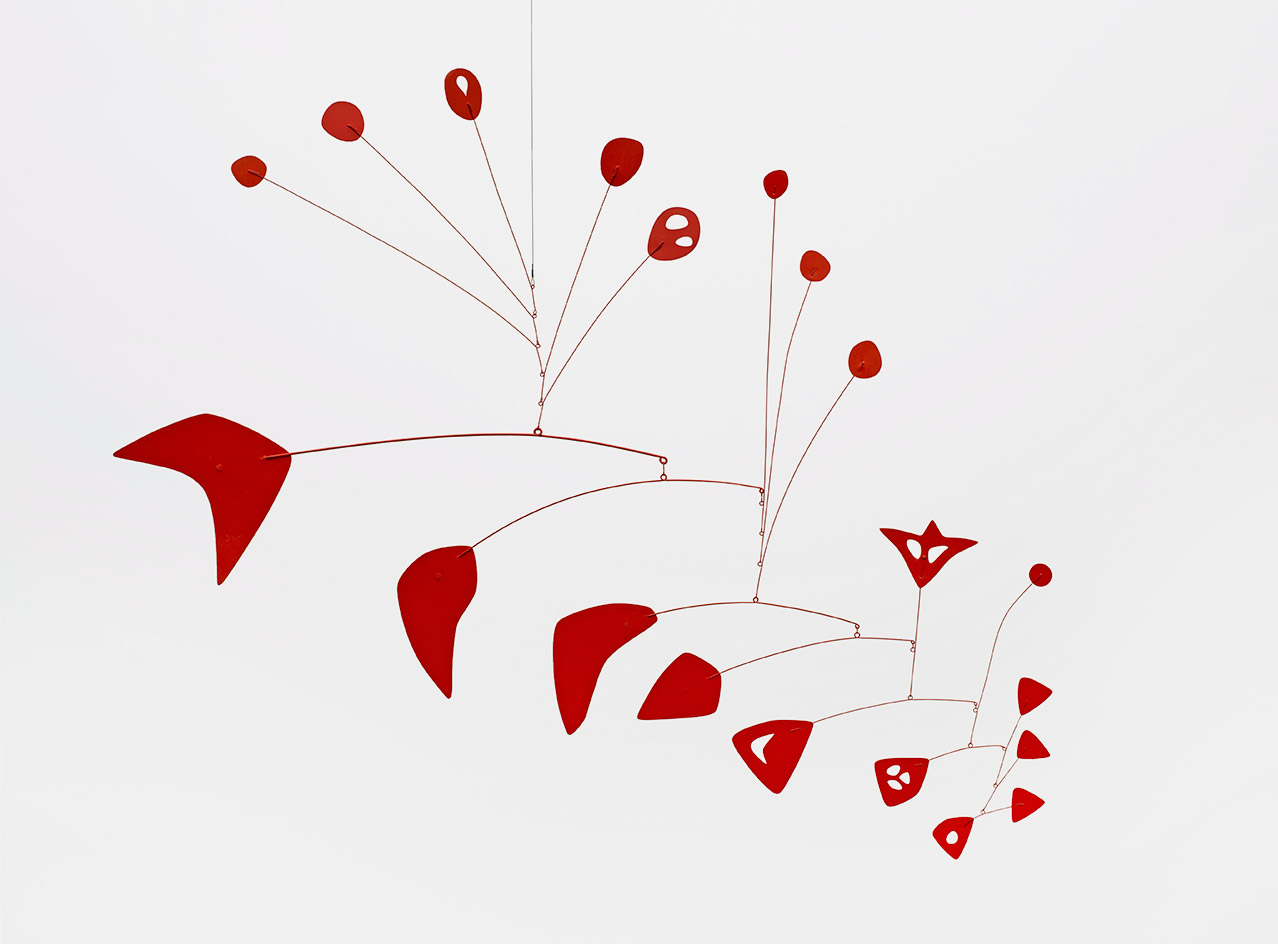
Red Maze III, 1954, by Alexander Calder, sheet metal, wire, and paint. © 2018 Calder Foundation, New York / Artists Rights Society (ARS), New York. Courtesy of Calder Foundation, New York
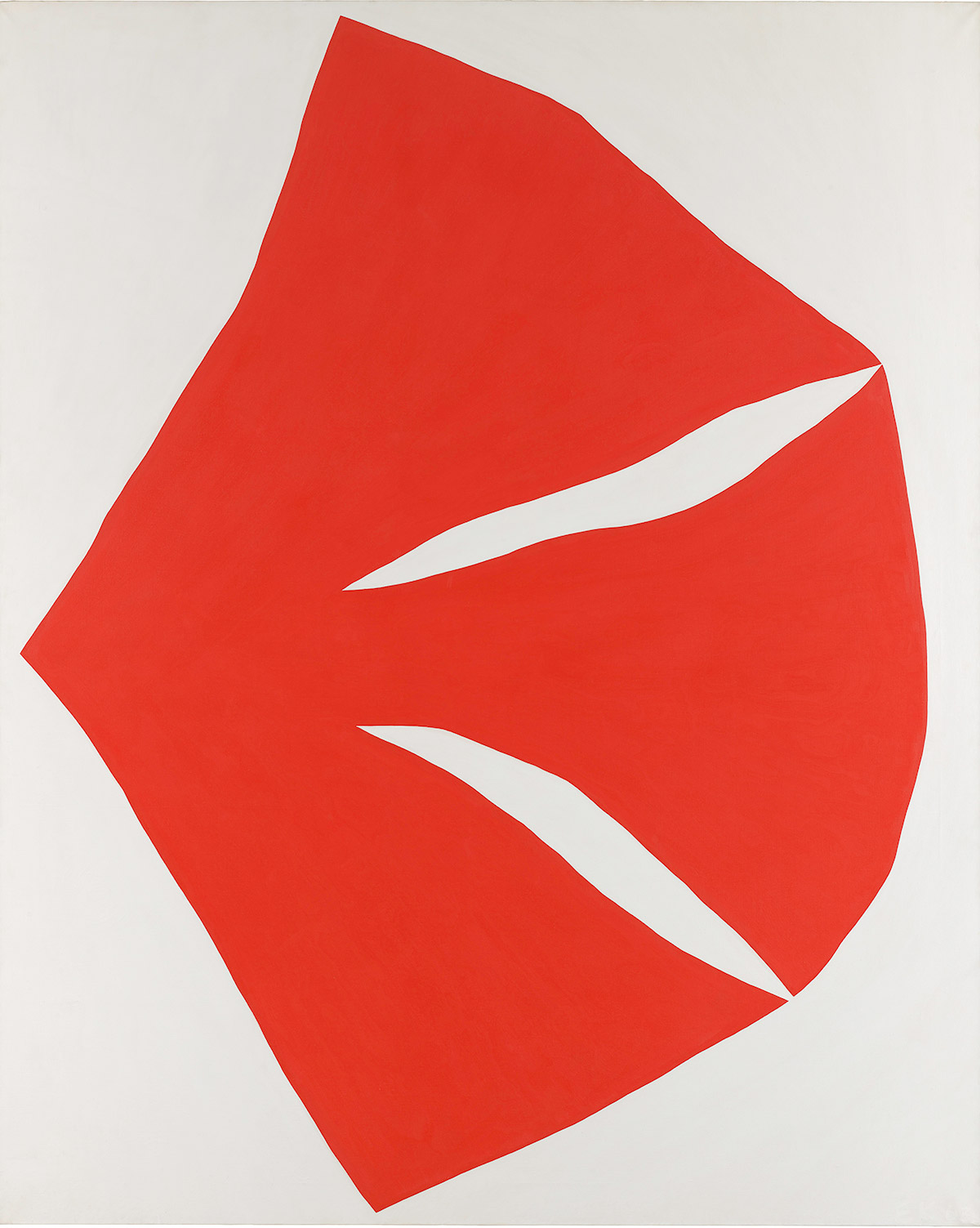
Red White, 1962, by Ellsworth Kelly, oil on canvas. © Ellsworth Kelly Foundation. Courtesy San Francisco Museum of Modern Art
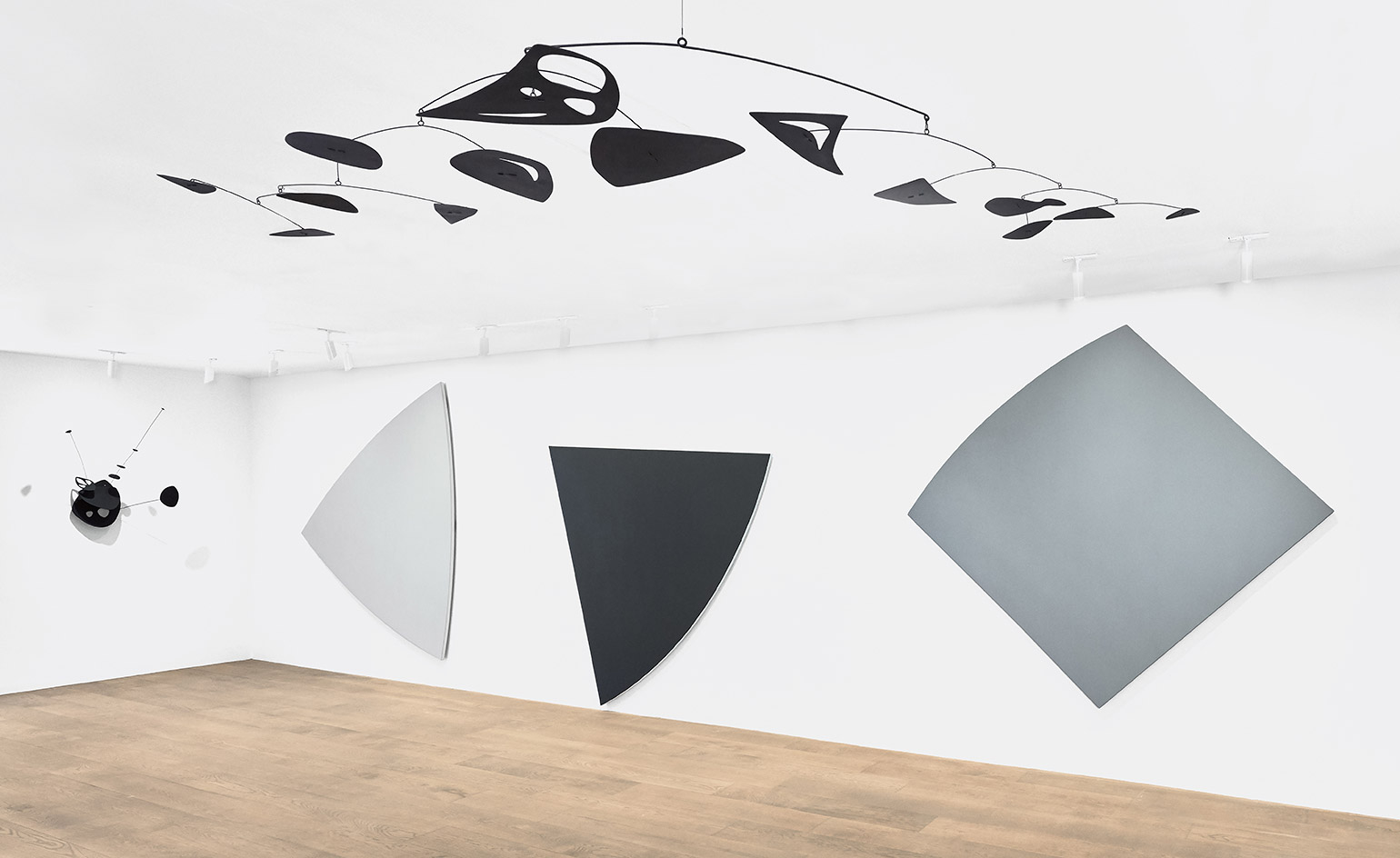
Installation view of ‘Calder / Kelly’ at Lévy Gorvy, New York. © 2018 Calder Foundation, New York / Artists Rights Society (ARS), New York. Courtesy of Calder Foundation, New York. © Ellsworth Kelly Foundation. Courtesy of Ellsworth Kelly Studio
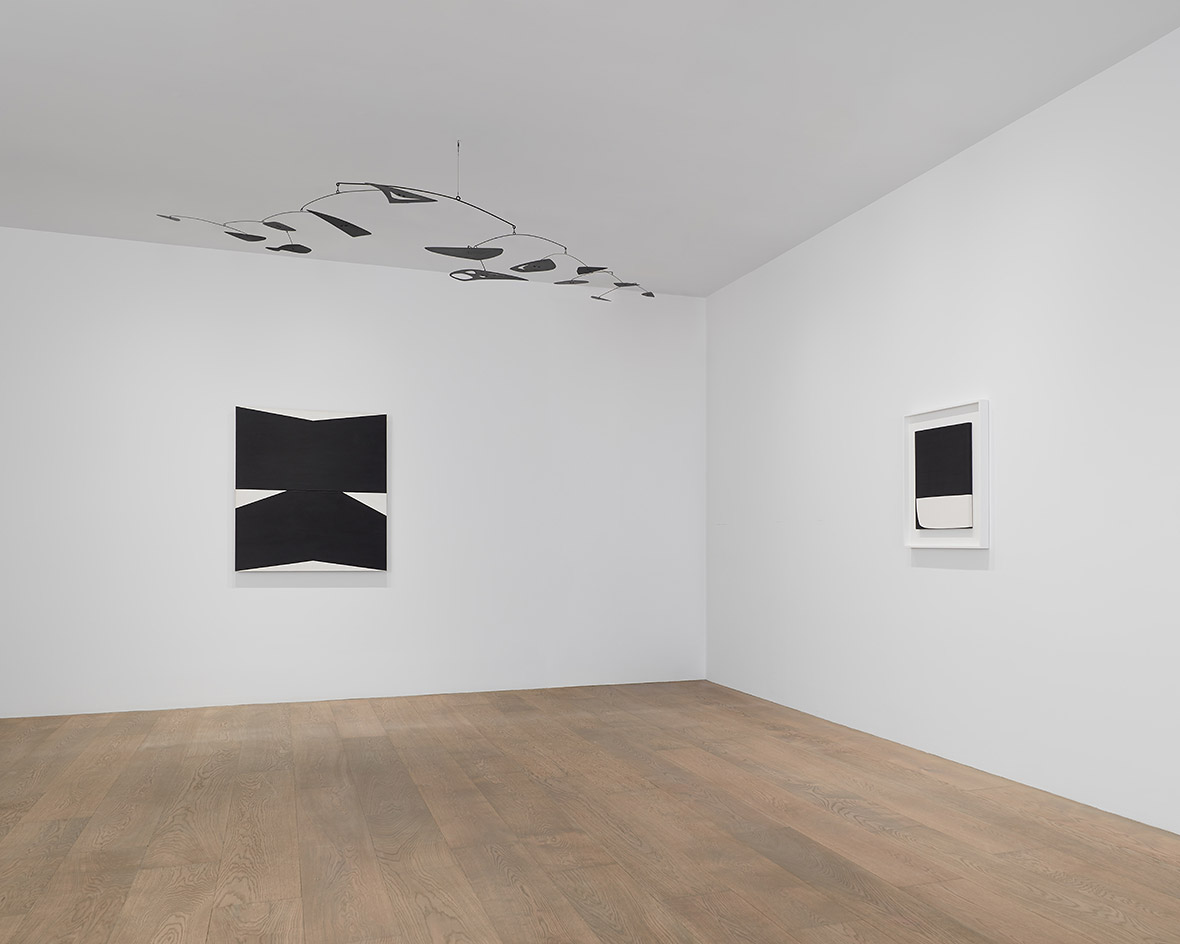
Installation view of ‘Calder / Kelly’ at Lévy Gorvy, New York. © 2018 Calder Foundation, New York / Artists Rights Society (ARS), New York. Courtesy of Calder Foundation, New York. © Ellsworth Kelly Foundation. Courtesy of Ellsworth Kelly Studio

Installation view of ‘Calder / Kelly’ at Lévy Gorvy, New York. © 2018 Calder Foundation, New York / Artists Rights Society (ARS), New York. Courtesy of Calder Foundation, New York. © Ellsworth Kelly Foundation. Courtesy of Ellsworth Kelly Studio
INFORMATION
‘Calder / Kelly’ is on view until 9 January 2019. For more information, visit the Lévy Gorvy website
ADDRESS
Lévy Gorvy
909 Madison Avenue at E 73rd Street
New York
Receive our daily digest of inspiration, escapism and design stories from around the world direct to your inbox.
-
 This LA-based furniture designer finds a rhythm in music and making
This LA-based furniture designer finds a rhythm in music and makingWallpaper* Future Icons: LA-based Ah Um Design Studio's expressive furniture features zig-zagging wooden frames, mohair and boucle upholstery, and a distinctive use of tiles
-
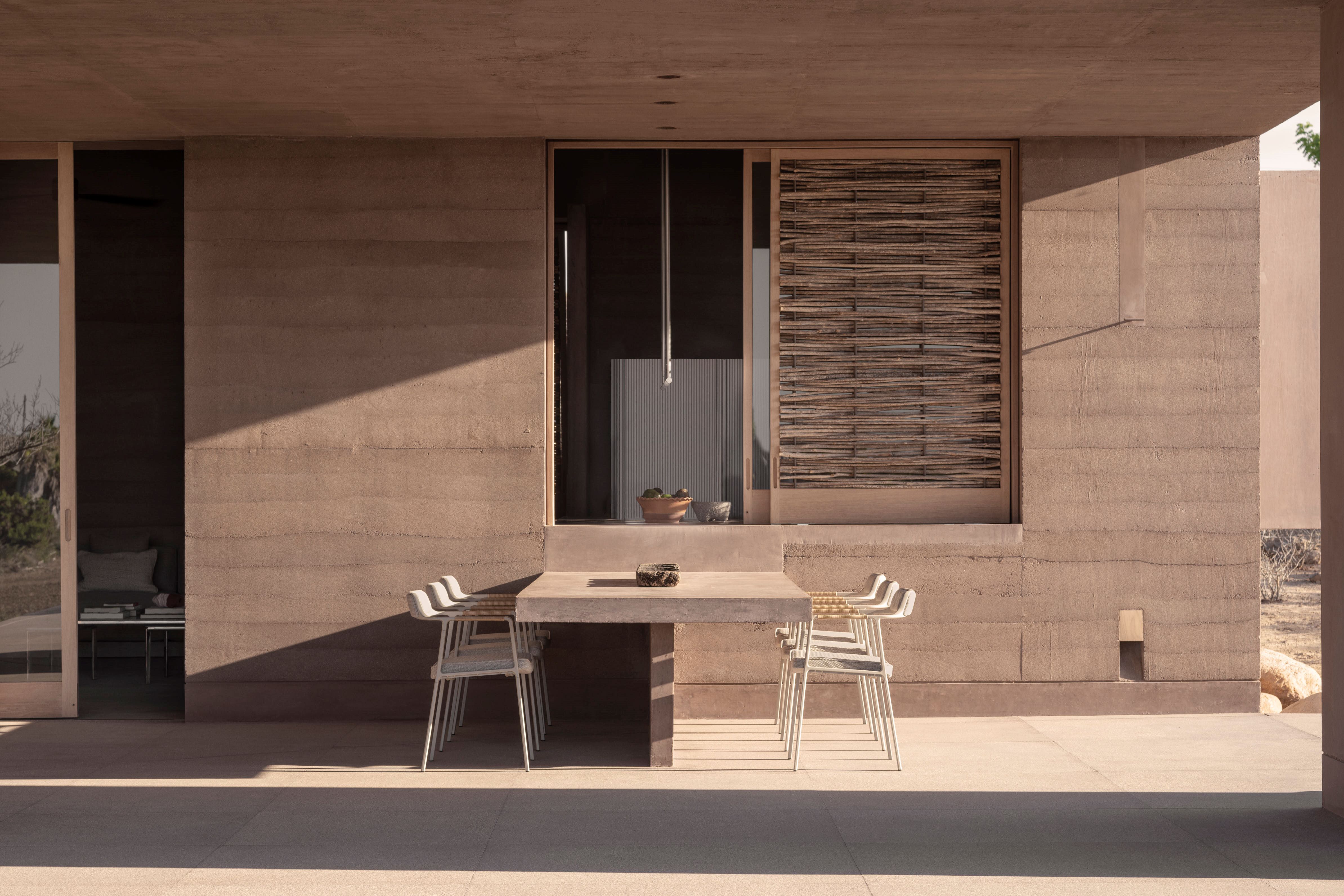 This Mexican architecture studio has a surprising creative process
This Mexican architecture studio has a surprising creative processThe architects at young practice Pérez Palacios Arquitectos Asociados (PPAA) often begin each design by writing out their intentions, ideas and the emotions they want the architecture to evoke
-
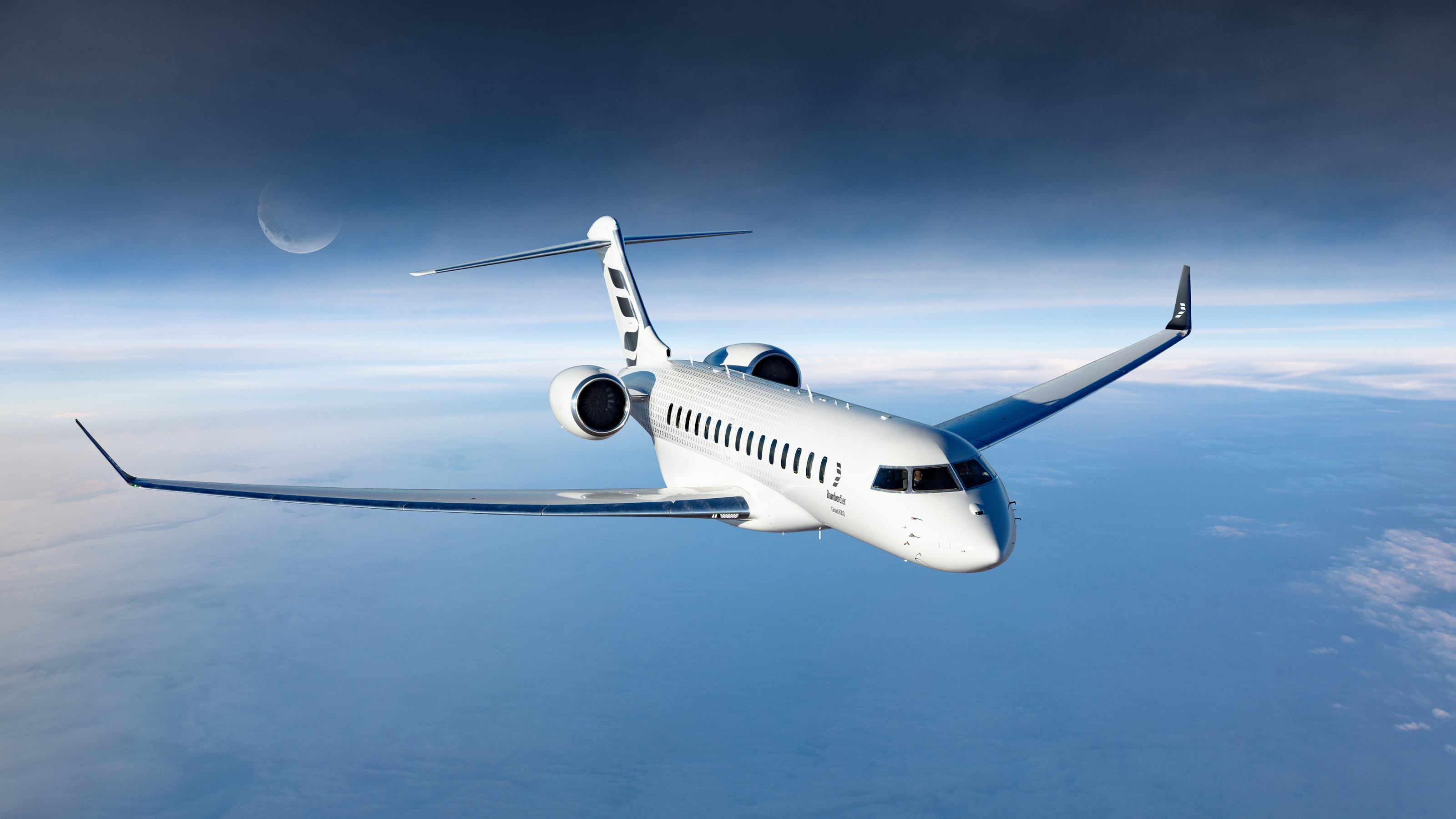 The Bombardier Global 8000 flies faster and higher to make the most of your time in the air
The Bombardier Global 8000 flies faster and higher to make the most of your time in the airA wellness machine with wings: Bombardier’s new Global 8000 isn’t quite a spa in the sky, but the Canadian manufacturer reckons its flagship business jet will give your health a boost
-
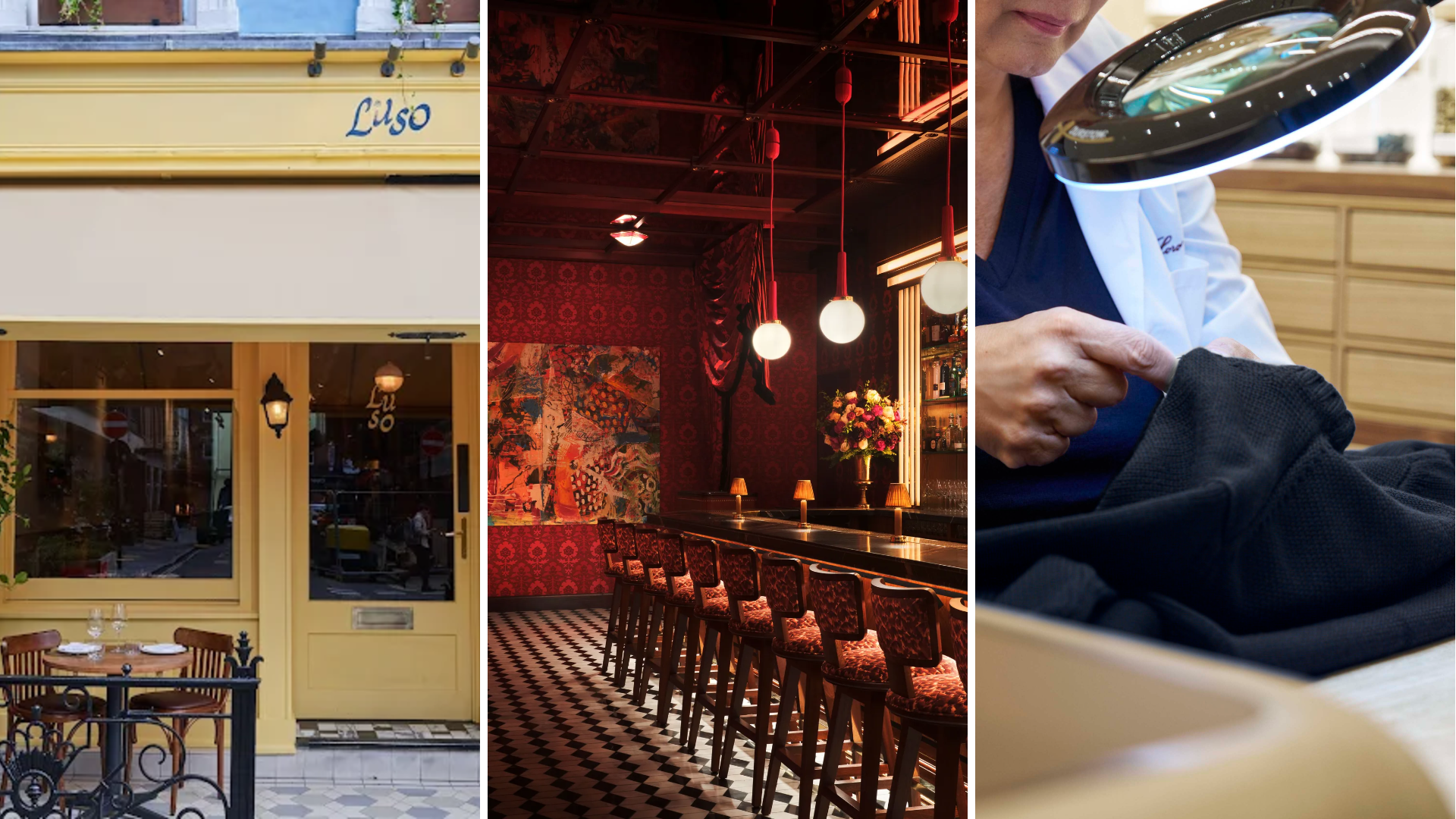 Out of office: The Wallpaper* editors’ picks of the week
Out of office: The Wallpaper* editors’ picks of the week'Tis the season for eating and drinking, and the Wallpaper* team embraced it wholeheartedly this week. Elsewhere: the best spot in Milan for clothing repairs and outdoor swimming in December
-
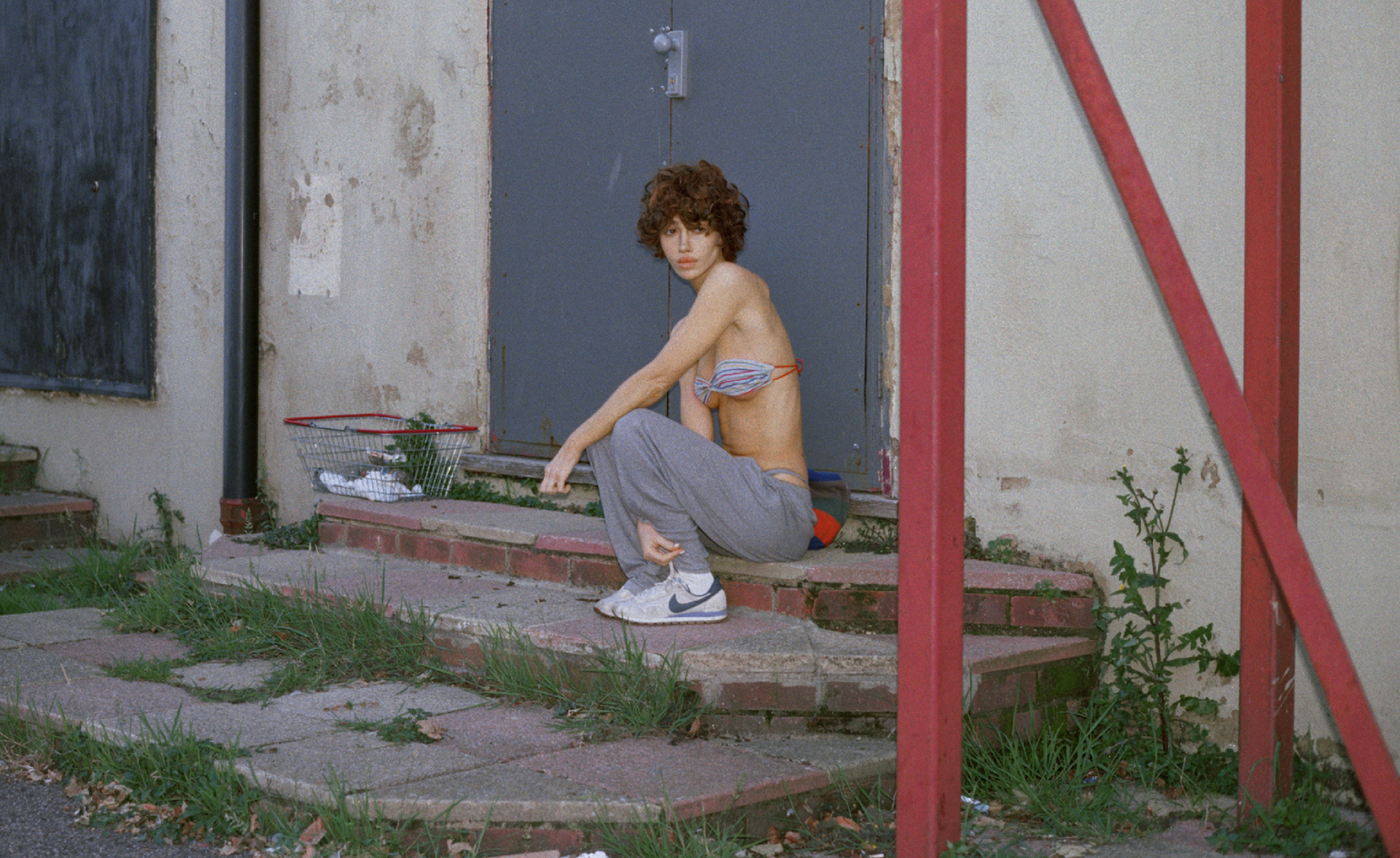 Nadia Lee Cohen distils a distant American memory into an unflinching new photo book
Nadia Lee Cohen distils a distant American memory into an unflinching new photo book‘Holy Ohio’ documents the British photographer and filmmaker’s personal journey as she reconnects with distant family and her earliest American memories
-
 Out of office: The Wallpaper* editors’ picks of the week
Out of office: The Wallpaper* editors’ picks of the weekIt’s been a week of escapism: daydreams of Ghana sparked by lively local projects, glimpses of Tokyo on nostalgic film rolls, and a charming foray into the heart of Christmas as the festive season kicks off in earnest
-
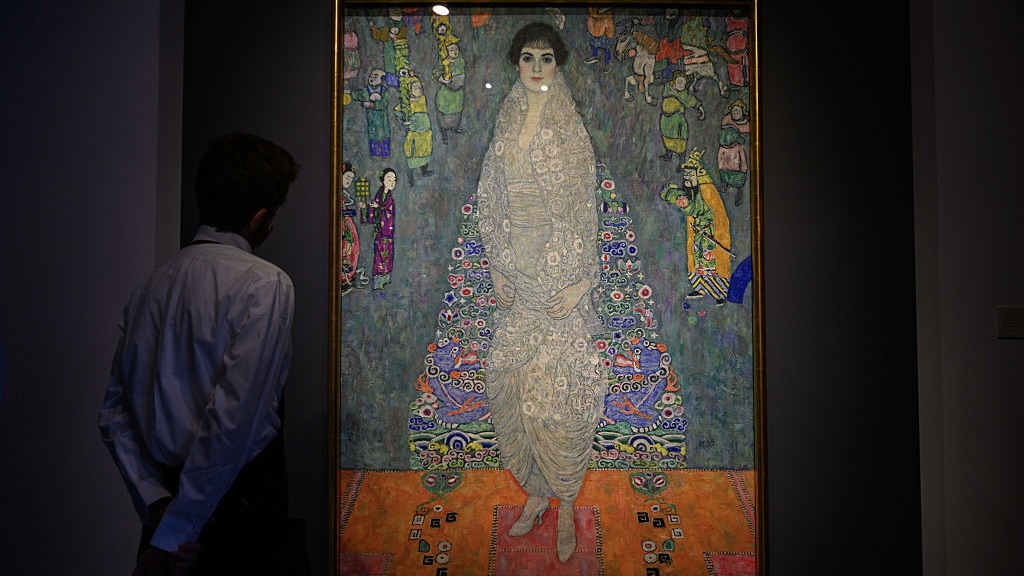 This Gustav Klimt painting just became the second most expensive artwork ever sold – it has an incredible backstory
This Gustav Klimt painting just became the second most expensive artwork ever sold – it has an incredible backstorySold by Sotheby’s for a staggering $236.4 million, ‘Portrait of Elisabeth Lederer’ survived Nazi looting and became the key to its subject’s survival
-
 Meet Eva Helene Pade, the emerging artist redefining figurative painting
Meet Eva Helene Pade, the emerging artist redefining figurative paintingPade’s dreamlike figures in a crowd are currently on show at Thaddaeus Ropac London; she tells us about her need ‘to capture movements especially’
-
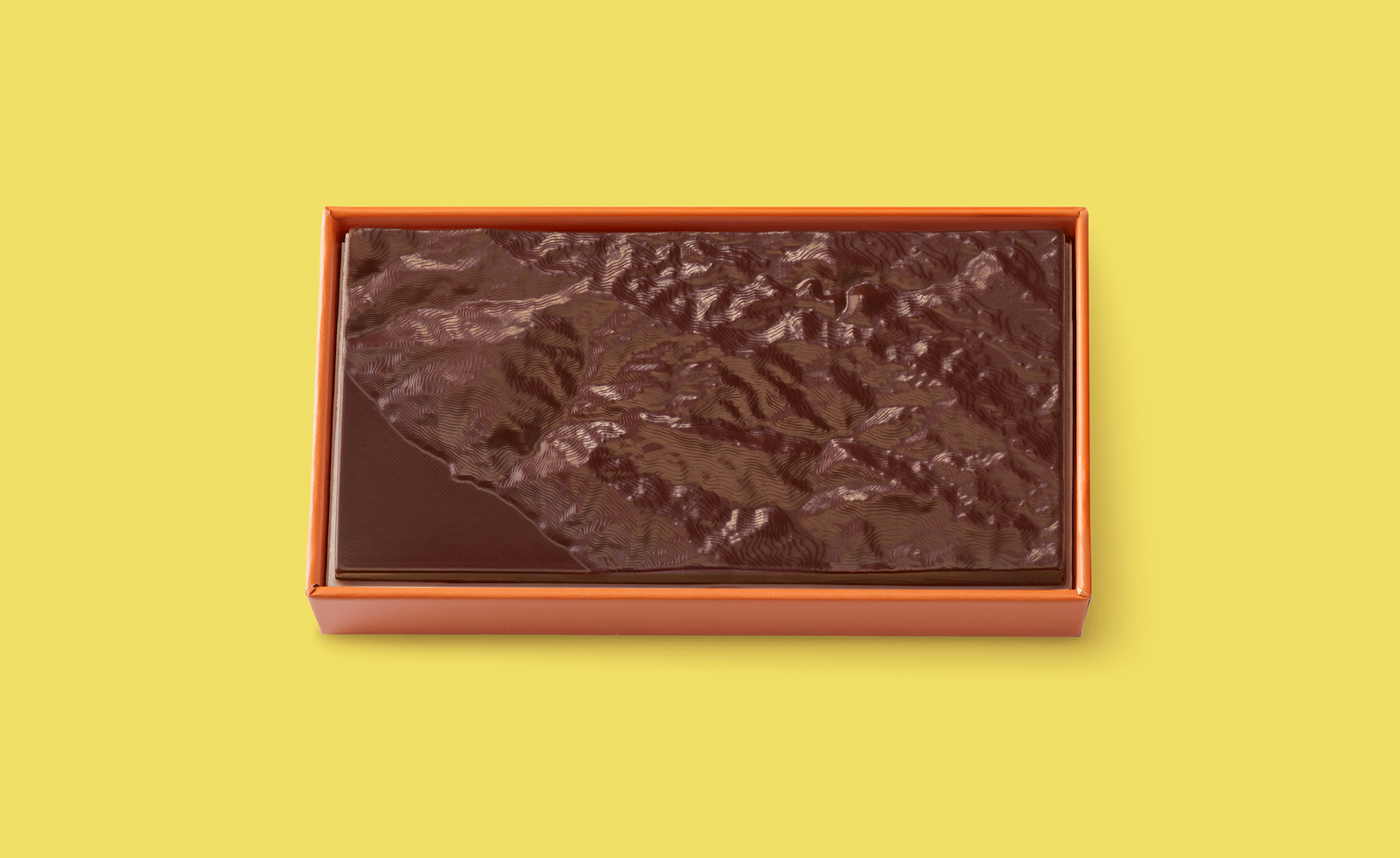 Ed Ruscha’s foray into chocolate is sweet, smart and very American
Ed Ruscha’s foray into chocolate is sweet, smart and very AmericanArt and chocolate combine deliciously in ‘Made in California’, a project from the artist with andSons Chocolatiers
-
 Maggi Hambling at 80: what next?
Maggi Hambling at 80: what next?To mark a significant year, artist Maggi Hambling is unveiling both a joint London exhibition with friend Sarah Lucas and a new Rizzoli monograph. We visit her in the studio
-
 Out of office: The Wallpaper* editors’ picks of the week
Out of office: The Wallpaper* editors’ picks of the weekThis week, the Wallpaper* editors curated a diverse mix of experiences, from meeting diamond entrepreneurs and exploring perfume exhibitions to indulging in the the spectacle of a Middle Eastern Christmas